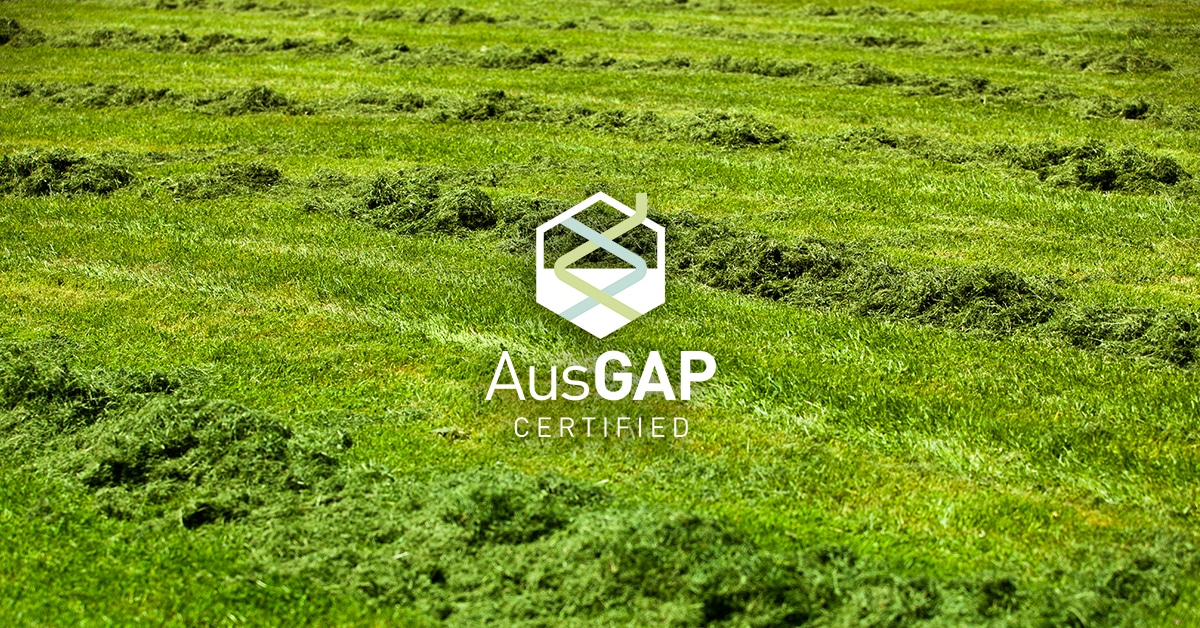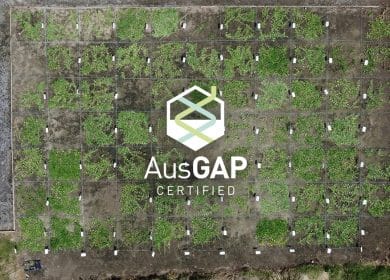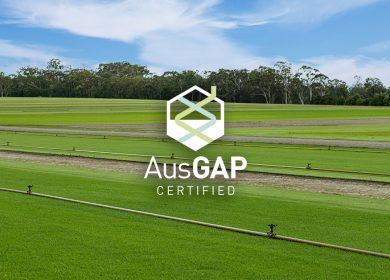Effects of grasscycling on turfgrass management

Mowing turf without the catcher or ‘grasscycling’ returns clippings to the soil. These clippings hold essential nutrients that are used in fertilisers. However, studies vary on the rates of fertilisation and the contributions the clippings make. Consequently, this makes it hard to recommend grasscycling without further studies into the practice. Read on to find out more about what studies say about grasscycling and its effects on turfgrass management.
Grass clippings can be a major source of nutrients that are often thrown away. In spite of this, general practice is to collect clippings. This is due to the varying nutritional needs of different turf varieties and the unsightly effect clippings can have on the turfgrass. Furthermore, clippings can affect the soil’s nutritional content, and without regular soil testing, maintaining optimal rates can be difficult.
What effect does grasscycling have on fertilising?
Returning clippings to turf contributes to nutrient recycling, holding essential nutrients such as nitrogen (N), phosphorus (P), and potassium (K). Specifically, these additional nutrients that would have otherwise been thrown away is roughly equivalent to doubling the amount of N applied through fertilisation (Heckman et al., 2000). Likewise, other studies found that N fertilisation can be reduced by 50% when clippings are returned without turfgrass quality decreasing (Kopp and Guillard et al., 2002).
Despite frequent studies into the N contribution turfgrass clippings have, few have measured the potential of P and K contribution. However, it has been observed that returning clippings has a significant positive effect on soil P and K content (Shi et al., 2006). This suggests that returned clippings can stimulated microbial activity essential to the breakdown of thatch.
How are thatch levels affected?
Although many homeowners and turf managers believe that grasscycling can increase thatch accumulation, multiple studies suggest otherwise. In fact, returned clippings did not result in significant thatch accumulation compared to plots where clippings were removed (Grégoire et al., 2022). However, it is important to note that this study conducted over three years was not long enough to observe significant thatch accumulation. Due to the increase of microbial activity, it can be concluded that the thatch can breakdown at fast enough rates.
What role does grasscycling play in moisture?
It is important to note that grasscycling should not occur when there is too much moisture or humidity. If clippings are left when there is excess moisture it can lead to problems such as disease. However, grasscycling in the right conditions can have a positive impact on soil moisture content (Shi et al., 2006). In fact, fresh grass clippings contain a significant amount of water, which could have a significant impact during water shortages (Grégoire et al., 2022).
Grasscycling may not be perfect for every situation. However, it is important to provide alternates to grass clippings ending up in landfill. Plant available nutrients are essential to turfgrass health and quality, and clippings can be a positive addition. In addition to this, turfgrass clippings also provide soil moisture and a healthy soil microbiome, elements that can aid turfgrass management.
References:
Grégoire, G., Benjannet, R., & Desjardins, Y. (2022). Contribution of grass clippings to turfgrass fertilization and soil water content under four nitrogen levels. SSRN Electronic Journal. https://doi.org/10.2139/ssrn.4034522
Heckman, J.R., Liu, H., Hill, W., DeMilia, M., and Anastasia, W.L. (2000). Kentucky Bluegrass 385 Responses to Mowing Practice and Nitrogen Fertility Management. Journal of Sustainable 386 Agriculture, 15(4): 25-33. https://doi.org/10.1300/J064v15n04_04
Kopp, K.L., AND Guillard K. (2002). Clipping Management and Nitrogen Fertilization of 401 Turfgrass: Growth, Nitrogen Utilization, and Quality. Crop Science, 42, 1225–1231. 402 https://doi.org/10.2135/cropsci2002.1225
Shi, W., Muruganandam, S., and Bowman, D. (2006). Soil microbial biomass and nitrogen 466 dynamics in a turfgrass chronosequence: A short-term response to turfgrass clipping addition. 467 Soil Biology and Biochemistry, 38, 2032–2042


